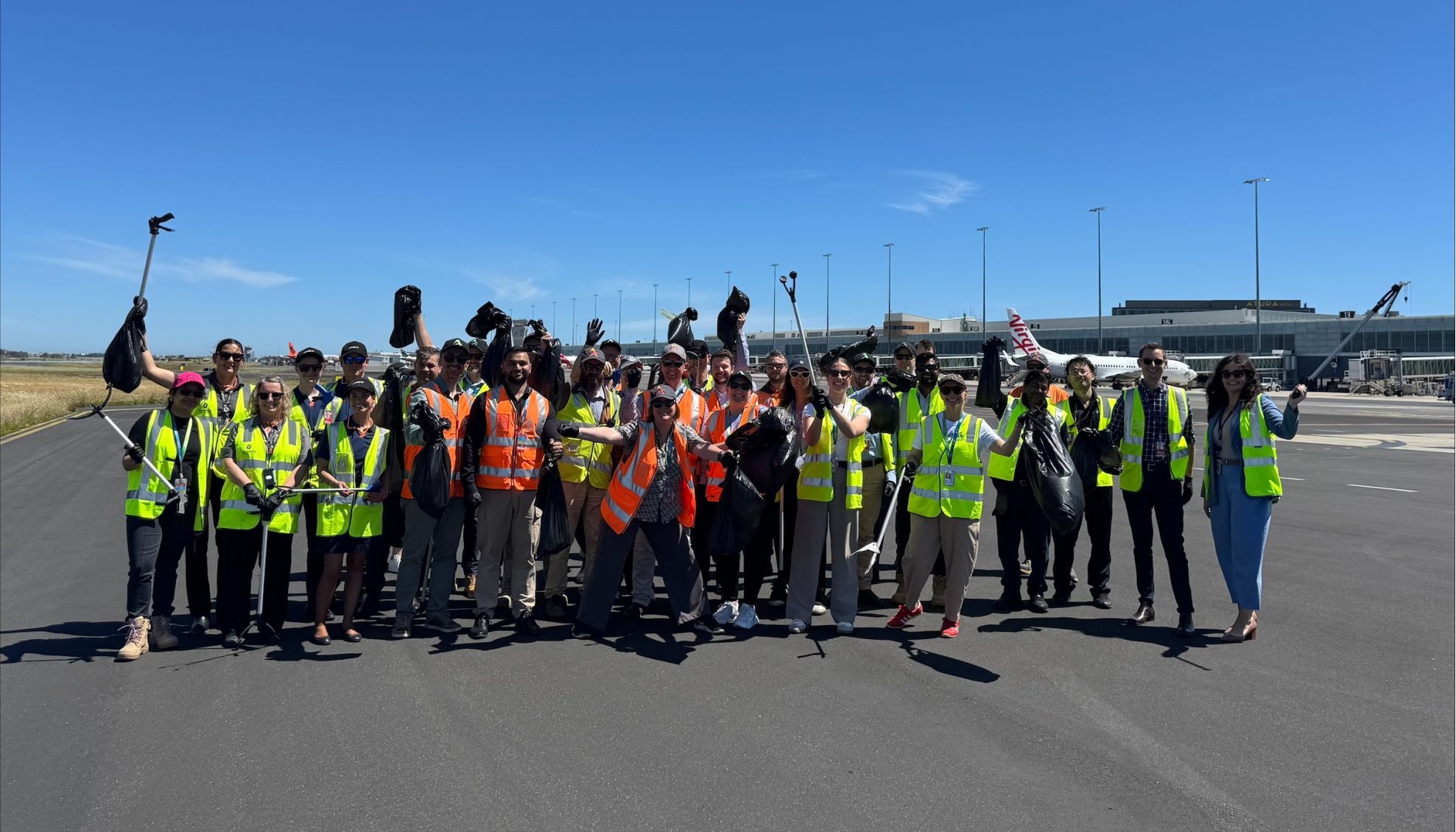
 Adelaide Airport
Adelaide Airport

Adelaide Airport (IATA: ADL) serves as the primary domestic, international, and general aviation hub for Adelaide (South Australia). Located just 6 km west of the city’s Central Business District, it is the fifth-busiest airport in Australia by passenger movements.
Adelaide Airport’s major terminal redevelopment introduced a state-of-the-art facility stretching 850 m end-to-end. It can handle 27 aircraft simultaneously and process up to 3,000 passengers per hour.
Before the upgrade, the previous terminal was often criticised for its limited capacity and lack of aerobridges. The new design solved these issues and brought the airport in line with modern international standards.
Initially, only international flights used the new building due to early technical issues with the fuel system which including anti-rust treatments and construction debris in pipelines. While regional aircraft were refuelled via tankers, domestic jets continued operating from the old terminal until the system was fully restored.
The mixed-use terminal combines domestic and international operations under one roof, featuring high-amenity lounges across two levels:
Opposite Gate 21 is located Qantas Club Lounge Complex, open to Qantas business-class guests, Oneworld partners, and Qantas Club members.
As of June 2024, the Qantas Club complex is undergoing a multi-million-dollar refurbishment, with the new Qantas Business Lounge opened in mid-2025.
The check-in hall features 42 common-use desks and 34 retail shopfronts, and free Wi-Fi is provided throughout by Internode Systems: the first airport in Australia to offer airport-wide free internet access.
A five-year, A$100 million master plan launched in 2011 included:
In July 2013, Adelaide Airport became the first Australian airport (and second worldwide) to feature Google Street View, allowing travellers to virtually explore terminal areas before flying.
A new 44-metre air-traffic-control tower, more than twice the height of its 1983 predecessor, was completed at a cost of A$16.9 million.
Within the airport grounds lies a small but iconic exhibit: the Vickers Vimy Museum.
In 1919, brothers Keith and Ross Smith, with mechanics Jim Bennett and Wally Shiers, became the first Australians to fly from England to Australia, landing in Darwin on 10 December 1919. Their aircraft, the Vickers Vimy “God ’Elp All of Us”, is preserved in a climate-controlled museum now located inside the long-term car park area of the airport.
Adelaide Airport is leading a world-first environmental trial designed to reduce runway surface temperatures by planting commercial crops irrigated with recycled water.
The initial 2019 trial planted 4 hectares of different grasses and crops. Researchers found that lucerne achieved the greatest temperature reduction, lowering ambient air temperatures by an average of 3 °C on warm days.
Lucerne’s dense foliage deters birds and can also be harvested as stock feed, creating a sustainable and commercially viable model.
Adelaide Airport isn’t just South Australia’s aviation hub, it is a testbed for greener travel. By cooling runways with lucerne fields and blending art, history, and technology, it defines what modern airports can become. In Magelline’s view, it proves that innovation and authenticity can share the same runway.